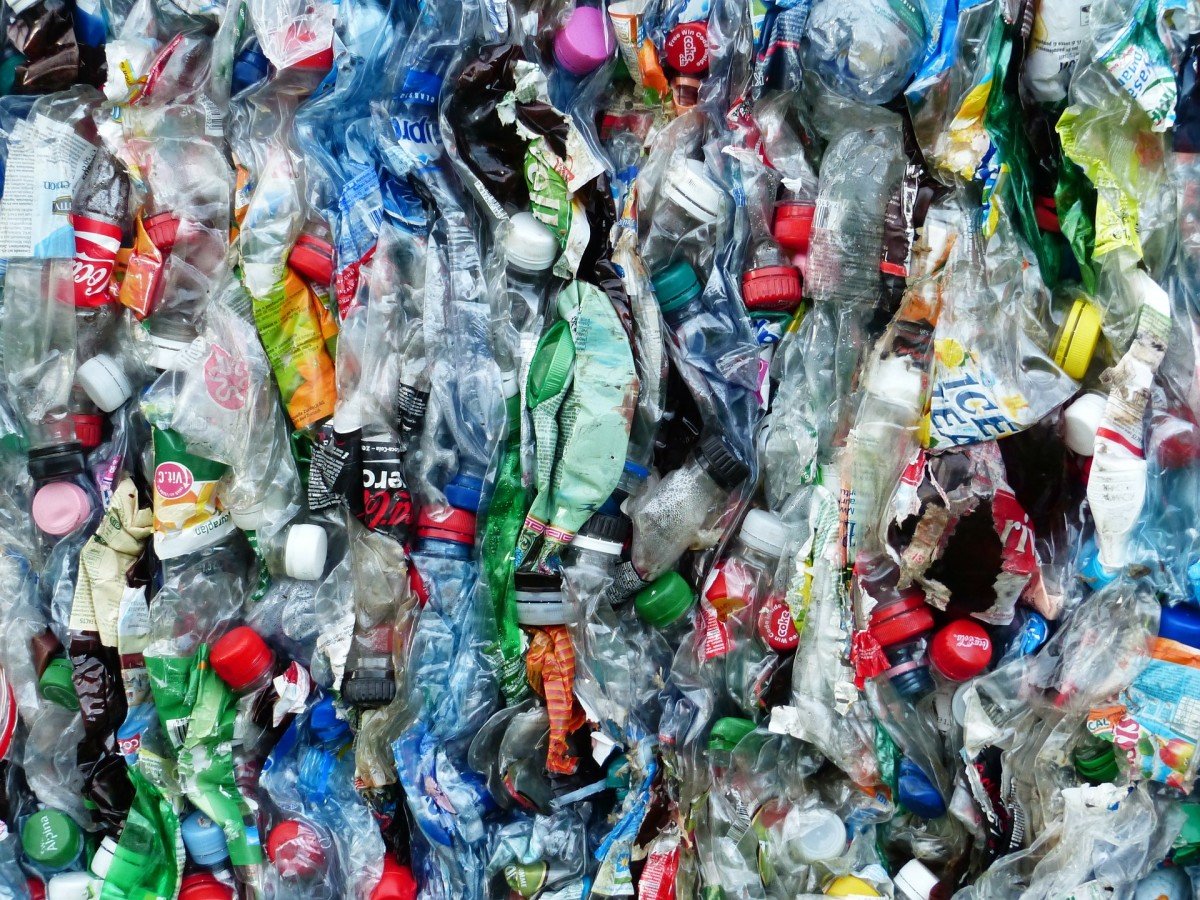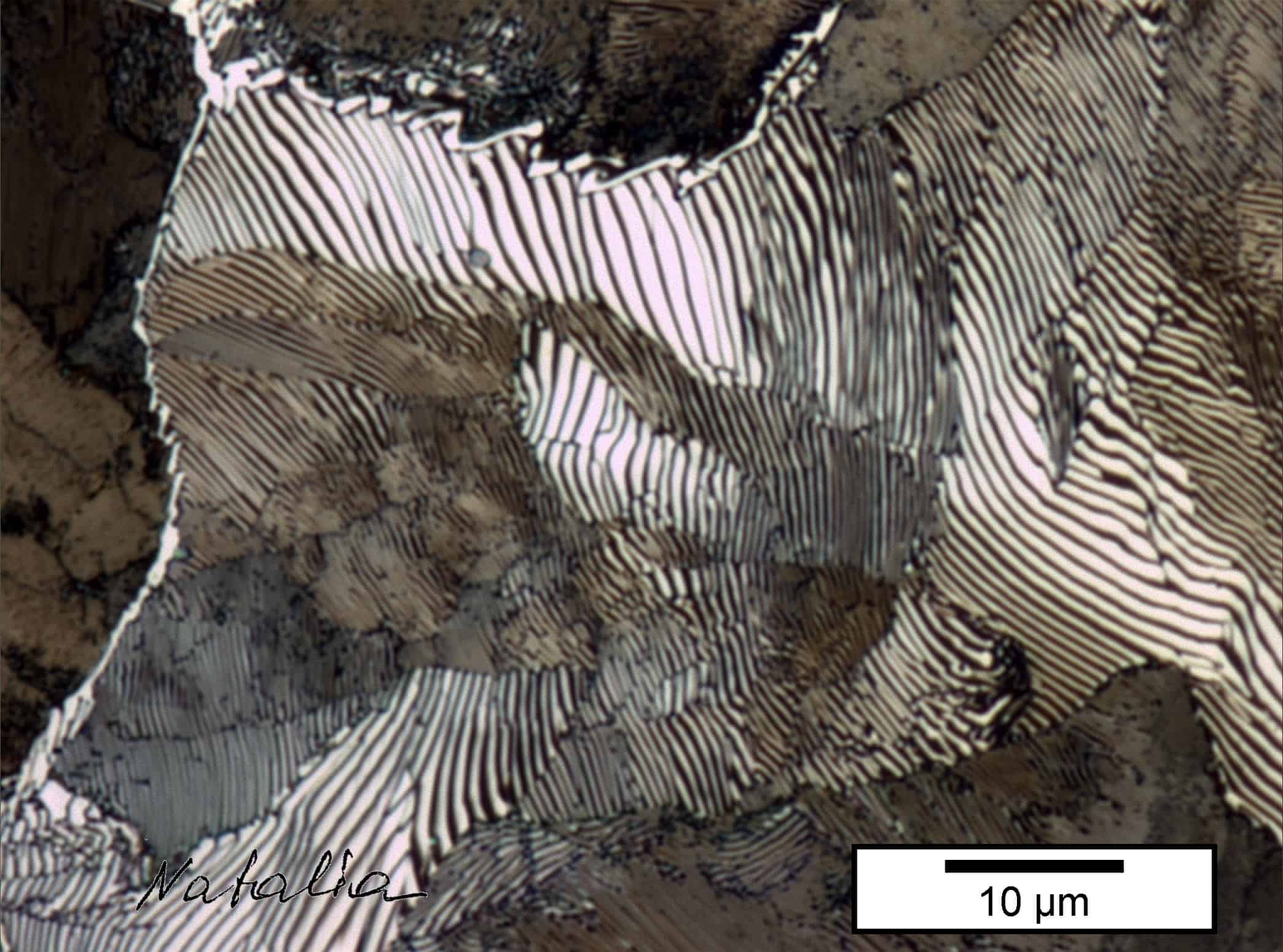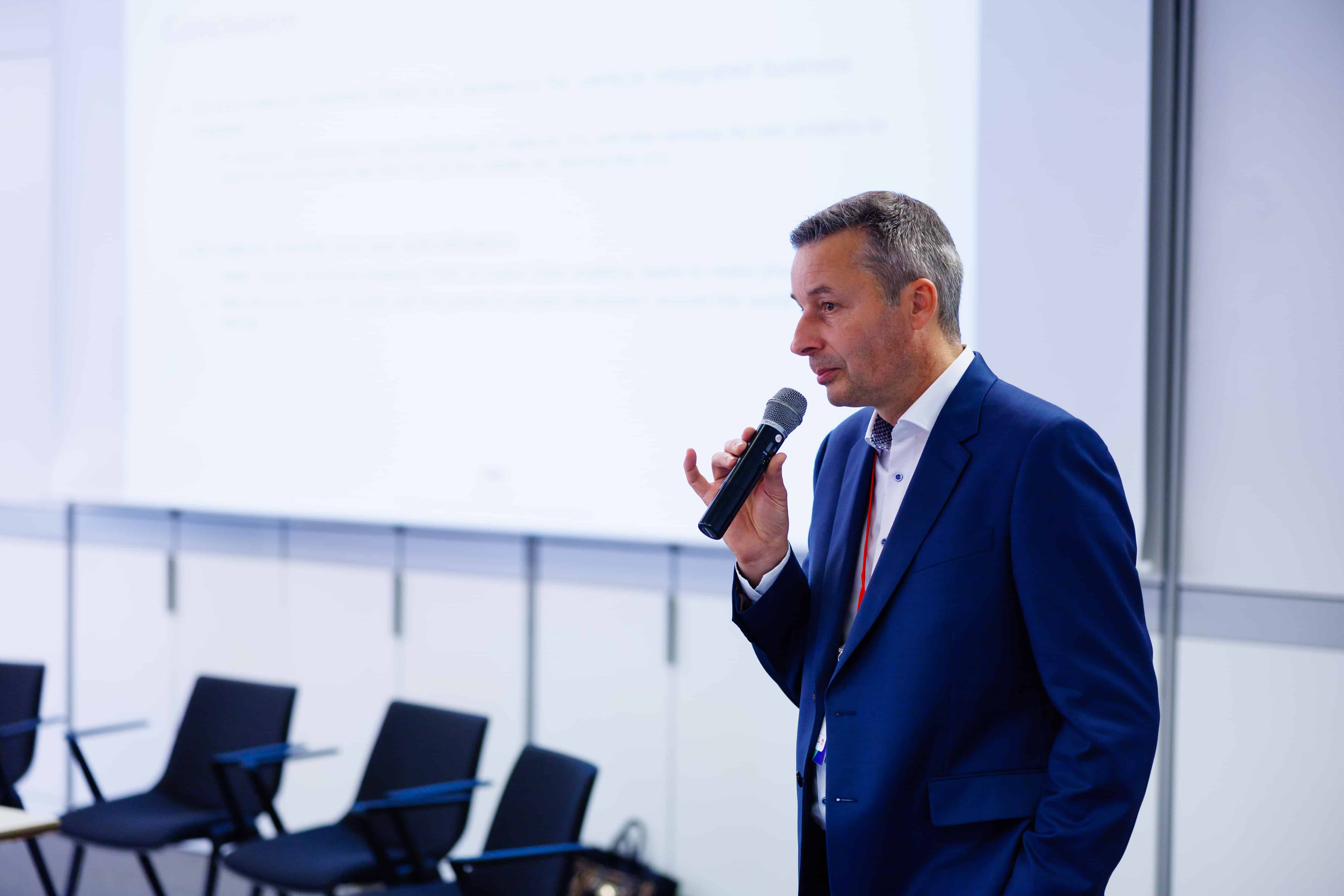
By the year 2050, plastic production will account for 15 to 20% of CO2 emissions, according to figures from EIT Climate KIC, a European institution that supports start-ups. If we do nothing about it, we will continue to encourage the petrochemical industry to keep using fossil fuels to produce the raw materials for the various types of plastics.
The fact that we are using more and more plastic is a major problem, says head of the Digital Transformation research group, Dr. Holger Berg, of the Circular Economics Department of the German Wuppertal Institute. His comments were made during the “Innovating the Plastics Value Chain” conference of the European executive institute EIT Climate Friday in Amsterdam.
Many plastics cannot be recycled
Even more problematic is the fact that only a small proportion of all plastic materials used can be mechanically recycled. There are several reasons for this. The first is that some products consist of more than one type of plastic, such as foil wrapped over pre-packed cheese or meat in the supermarket. The reason for this is that one layer serves to stop UV radiation, while another layer maintains a proper climate inside the packaging. Such products can be broken down thermally or chemically and reused as raw materials, says Berg. But that requires so much energy and chemicals that it’s not a realistic solution.
Mattress foam is disastrous
A downright disastrous product is polyurethane. It is a foamy plastic from which mattresses are made. “You can’t make flakes out of that to re-use them. You can get the air out chemically, but it takes a lot of energy.”

Dr. Holger Berg of the circular economy division Wuppertal Institute Photo: © Lucette Mascini
Another reason plastic is not recycled is that it is lost during use. A good example of this is the car tire. While driving, the asphalt or street grates small pieces off the tires. The only way to counteract this is to develop a type of plastic that does not wear out. But let’s face it, is that what car tire salesmen are waiting for? If that happens, they’ll sell a lot fewer tires, so how motivated are they to develop a tire like that?
Garbage collectors buy non-recyclable plastic
But wait a minute: back to plastic that cannot be mechanically recycled. What do collectors of used plastic do with all that material they buy in bulk, the way Chinese waste dealers used to?
“They don’t do that anymore. They’ve had guidelines for the past two years. Now they only buy pre-selected plastic that they are sure they can recycle,” says Berg. “Like PET. It comes from used bottles such as those used for soft drinks, for example. It’s easy to reuse.”
All that glitters is not gold
But what happens to the plastic that others buy that is not pre-selected? “It ends up in a dump somewhere. That happened a lot in Malaysia, for example. They bought a lot of plastic that was largely unusable. But now they have also discovered that it is better to buy waste plastic according to guidelines they way China does.”
The question now is what can be done about this. For example, could a standard plastic packaging film be developed? “Maybe,” says Berg. That would improve things.”
Buying unpackaged food
An even better idea might be to stop using plastic packaging for small products such as cheese and meat and let the consumer take the packaging with them. After all, you used to have glass milk bottles that could be refilled. You can also take plastic boxes from home that you can wash up and put your cheese from the supermarket in.
In Germany today, there are about a hundred shops where you can buy unpackaged food,” says Berg. That’s not very many, but you see them more often than you used to. He’s also gone shopping there himself. They are not cheaper than the big discounters like the Aldi and the Lidl, but no money is spent on packaging.
Clean shopping cart
However, more staff is needed to weigh and cut the food. That also costs money. The question is what you prefer: a shopping cart that doesn’t harm the environment, or one that produces CO2 emissions and plastic waste.








